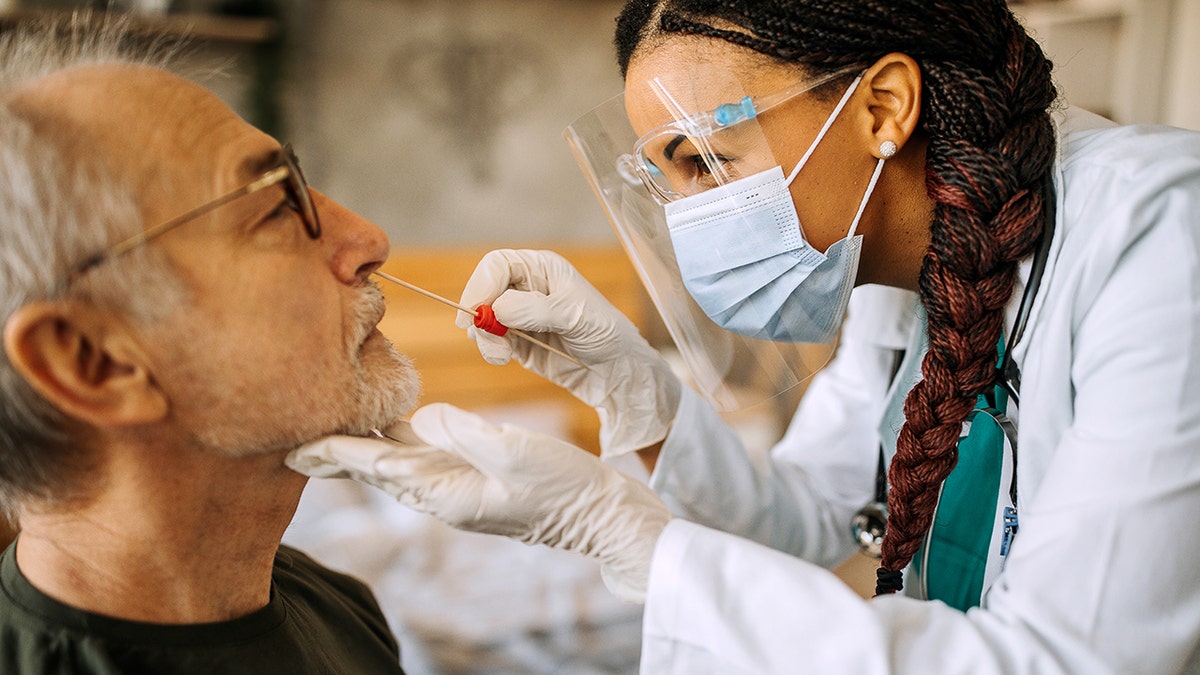Azelastine Nasal Spray Cuts COVID-19 Infection Risk in Phase 2 Trial, Study Finds
Phase 2 randomized trial at Saarland University Hospital showed infection rates of 2.2% with azelastine versus 6.7% with placebo among 450 adults; authors call for larger studies.
A phase 2 clinical trial conducted at Saarland University Hospital found that regular use of an azelastine nasal spray was associated with a substantially lower rate of confirmed SARS-CoV-2 infection compared with placebo.
The randomized trial, which ran from March 2023 to July 2024 and was published in JAMA Internal Medicine, enrolled about 450 healthy adult volunteers who were assigned to receive either azelastine nasal spray or a placebo, administered three times daily for 56 days. Investigators reported confirmed COVID-19 infection rates of 2.2% in the azelastine group versus 6.7% in the placebo group, a difference the authors described as statistically significant and roughly equal to a two-thirds reduction in risk.

Participants underwent twice-weekly SARS-CoV-2 rapid antigen testing during the 56-day treatment window. Study investigators conducted additional molecular testing for respiratory viruses, including multiple PCR tests, for participants who developed symptoms but tested negative on rapid antigen assays. The trial enrolled 227 participants who received azelastine and a roughly equal number who received placebo.
Azelastine is an antihistamine formulated for intranasal use and is commonly prescribed for allergic rhinitis. The study authors noted the spray’s apparent ability to reduce or delay COVID-19 infections in the trial population but did not establish a definitive mechanism of action for the observed effect.
The study’s publication in a peer-reviewed journal provides preliminary evidence of an antiviral benefit in a controlled setting, but authors and independent experts emphasized the need for larger, more diverse trials to confirm efficacy and to assess safety and real-world effectiveness across different population groups and circulating variants. The report focused on healthy adults and did not present comprehensive safety data for broader patient populations.
Researchers also highlighted practical considerations: the regimen in the trial required thrice-daily dosing and frequent testing, and the protective effect was observed over the two-month treatment period studied. Whether protection would persist beyond the dosing period, how the spray performs against emerging variants, and how it might be used alongside vaccines and other public health measures were not answered by the phase 2 trial.
The findings add to a body of research exploring topical nasal agents as potential adjuncts to existing COVID-19 prevention strategies, but clinicians and public health authorities typically require larger phase 3 trials and regulatory review before recommending new preventive interventions. The authors of the study called for further research to corroborate the results and to determine the role, if any, azelastine nasal spray could play in reducing transmission or delaying infection among at-risk populations.

Public health guidance, including vaccination, remains the central strategy for reducing COVID-19 morbidity and mortality. The trial’s authors and commentators urged caution in interpreting the phase 2 results as definitive proof of clinical benefit across broader settings and recommended that individuals consult health care providers before using off-label or non-prescribed interventions.
